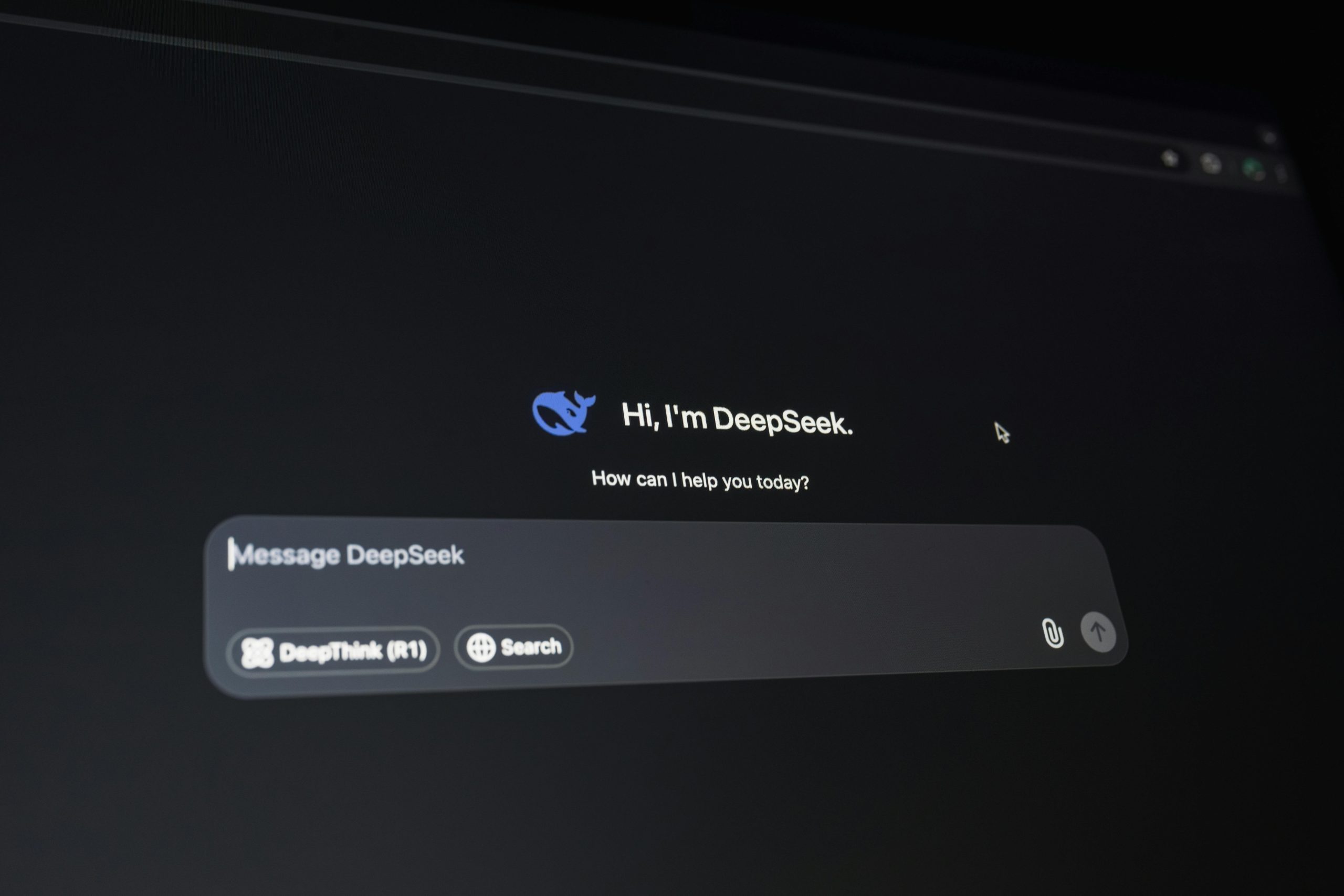I’ve grown tired of all the “AI-written” accusers on Reddit. I asked DeepSeek about it. This the answer to the em dash question.
Understanding the Myth: Why Em Dashes Are Not Evidence of AI Authorship
In recent discussions across online platforms such as Reddit, a provocative claim has gained traction: that the frequent use of em dashes (“—”) might serve as a telltale sign of AI-generated writing. This notion has led to a surge of accusations and skepticism toward writers who employ this punctuation mark—a pattern that warrants a closer and more critical examination.
Recently, I engaged with an AI-driven assistant—DeepSeek—to explore this idea further. When I pointed out that I often use em dashes in my writing, DeepSeek responded positively, highlighting how such misconceptions about punctuation can unfairly categorize human authors as AI. This interaction underscores an important truth: equating em dash usage with AI is a flawed premise rooted in misunderstandings about both linguistic style and artificial intelligence.
The Em Dash: An Established Tool in the Writer’s Arsenal
First and foremost, it’s essential to clarify that the em dash is a longstanding, versatile punctuation mark. Its origins trace back centuries, and it remains a staple within the foundations of good writing. Style guides—such as the Chicago Manual of Style and The Associated Press Stylebook—endorse em dashes for various purposes:
- Signaling abrupt breaks or interruptions in thought or dialogue
- Creating emphasis through a pronounced pause
- Setting off parenthetical or explanatory information with heightened effect
Skilled writers—whether in literary fiction, journalism, or academic writing—use em dashes intentionally to improve rhythm, clarity, and engagement. Therefore, their presence in a piece does not indicate automation or artificiality.
Tracing the Origins of the “AI Em Dash” Myth
The myth associating em dashes with AI-generated content appears to stem from early observations of AI language models. When AI systems first began generating human-like text, some models tended to overuse certain punctuation—such as em dashes and semicolons—as part of their pattern recognition within formal writing styles. These models, especially in their early iterations, sometimes produced slightly awkward or excessive punctuation as a byproduct of their training data.
Importantly, this only reflects limitations in early AI implementation or suboptimal prompting, not a fundamental indicator of machine authorship. As AI systems have advanced, their ability to mimic human style—including nuanced punctuation usage—has become increasingly sophisticated.
Why Relying on Em Dashes as a “Tell” Is Counterproductive
Using em dashes as a definitive marker for AI authorship














Post Comment